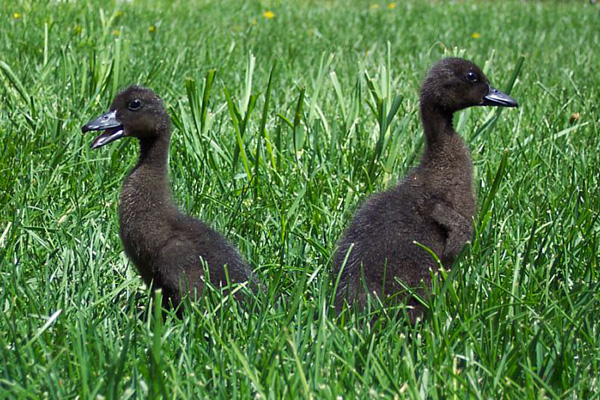Don’t Go Changin’

The more things change, the more they stay the same. Unless you’re in a relationship with a bird.
In research published last week in PLoS ONE, NC State post-doctoral researcher Carlos Botero shows that levels of infidelity and divorce increase in bird populations when environmental conditions like temperature and precipitation become more severe or fluctuate more than usual. He performed the research while working at the National Evolution Synthesis Center in Durham, N.C.
Areas with more dramatic temperature changes saw more cases of bird infidelity, or nests containing chicks produced from an “affair.” When seasons are severe, “stepping out” can be a way of increasing the genetic diversity of the chicks, Botero says. “Mating with multiple partners improves the chances that at least one chick will have the genes to cope with the variable conditions to come,” he explained.
The results were even more egregious when it came to bird divorce, or changing partners between breeding seasons. Birds in unpredictable climates were more likely to quit current sweethearts and seek new partners for the next breeding season, even at the expense of losing valuable breeding time.
“The more unpredictable the environment is, the more likely birds are to make mistakes in choosing a mate, and the more likely they are to divorce,” Botero says.
Botero and colleague Dustin Rubenstein from Columbia University studied records of the mating habits of hundreds of bird species, focusing on those in which males and females work together to raise their chicks – including swallows, chickadees, bluebirds, falcons, warblers, sparrows, ducks, geese and gulls.
With bird marital bliss seemingly on the rocks as the earth’s climate changes, maybe the 50 percent divorce rate for married Americans isn’t so bad, after all.
- Categories:


